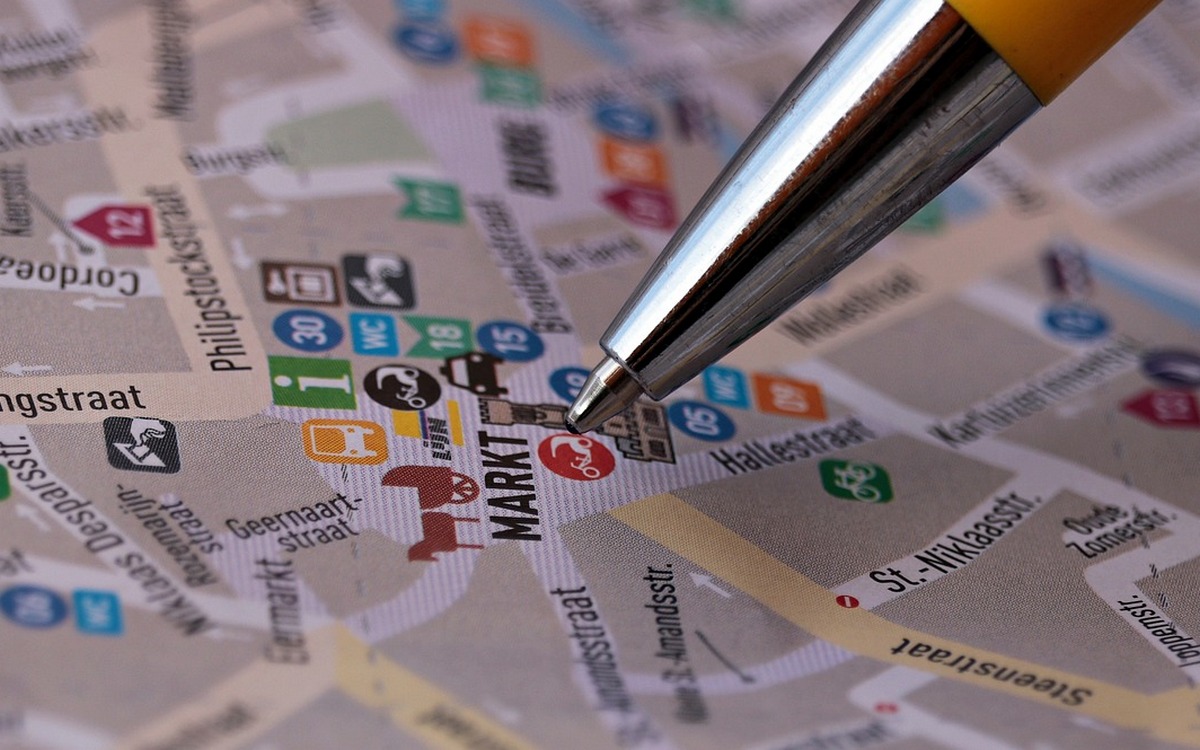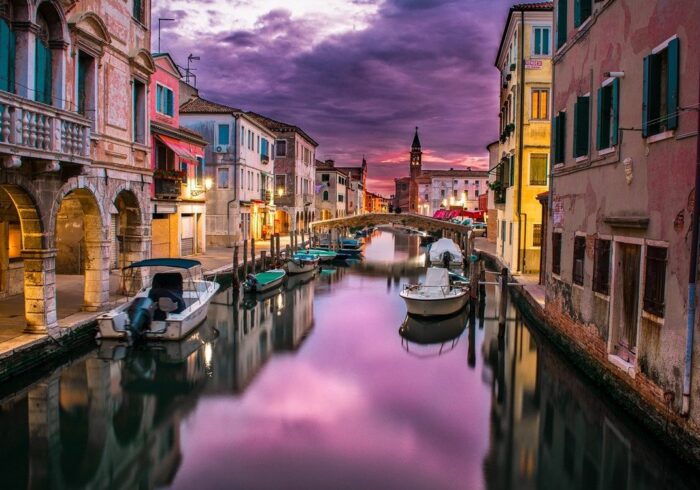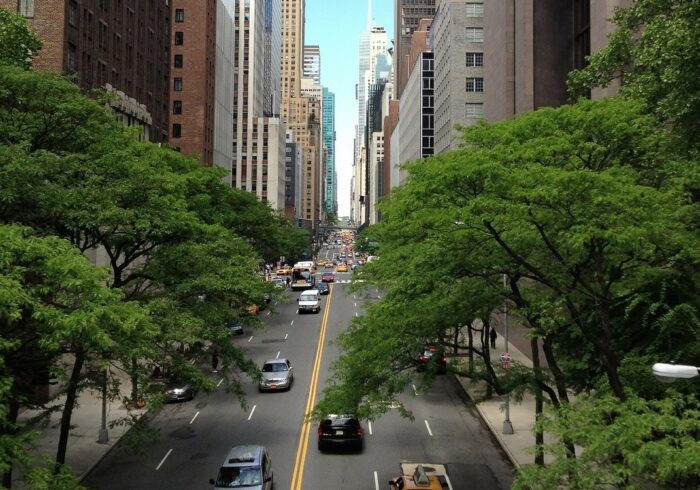The next area interested in landscaping is, of course, development. For a commercial real estate developer, landscaping costs are about 5% of the project budget, and the condition of the surrounding areas ultimately affects the pool of tenants, the cost of rent and the company’s image.
City authorities can offer a developer additional territories for landscaping, for example, a park next to a new business center or residential complex. Such costs become an investment in the future for the city and for the developer, since they affect the company’s reputation.
For new infill developments in the city and landlords of existing buildings, the presence of adjacent street improvements affects the demand for space. According to a study by the Center for Urban Economics, the average vacancy rate dropped from 14% to 6% on landscaped streets and from 10% to 8% on undeveloped streets over the year.
Street improvements are critical for all types of businesses whose profits depend on foot traffic. This street retail, services, catering, that is, all small and medium-sized businesses focused on direct contact with the client. The volume of pedestrian traffic, the audience is the first thing that interests such a tenant when he chooses a place in the city. On well-appointed streets, the number of banks and communication centers has decreased by 18% – these areas of services are increasingly leaving for online commerce. In their place came grocery stores (+26%), beauty salons (+23%), pharmacies (+16%), clothing stores (+10%) and catering (+9%).
When the profitability of a business is related to the number of people walking down the street, the question arises of how to increase that number and expand the audience. The intensity of the pedestrian flow is influenced by the ease of movement on the street and the presence of points of attraction – centers of business and cultural activity, municipal institutions, tourist and sports facilities, public spaces, etc. The first problem is solved by the improvement: a study of Moscow streets in a year after the improvement showed an increase in pedestrian flow by an average of 14%, and on weekends the flow increased by 56%. The emergence of new points of attraction can initiate business, and it does not necessarily require large investments. So a barbershop built a wooden patio to play table tennis instead of a parking lot, and now the street has a local recreational area that appeals to locals and potential customers.



